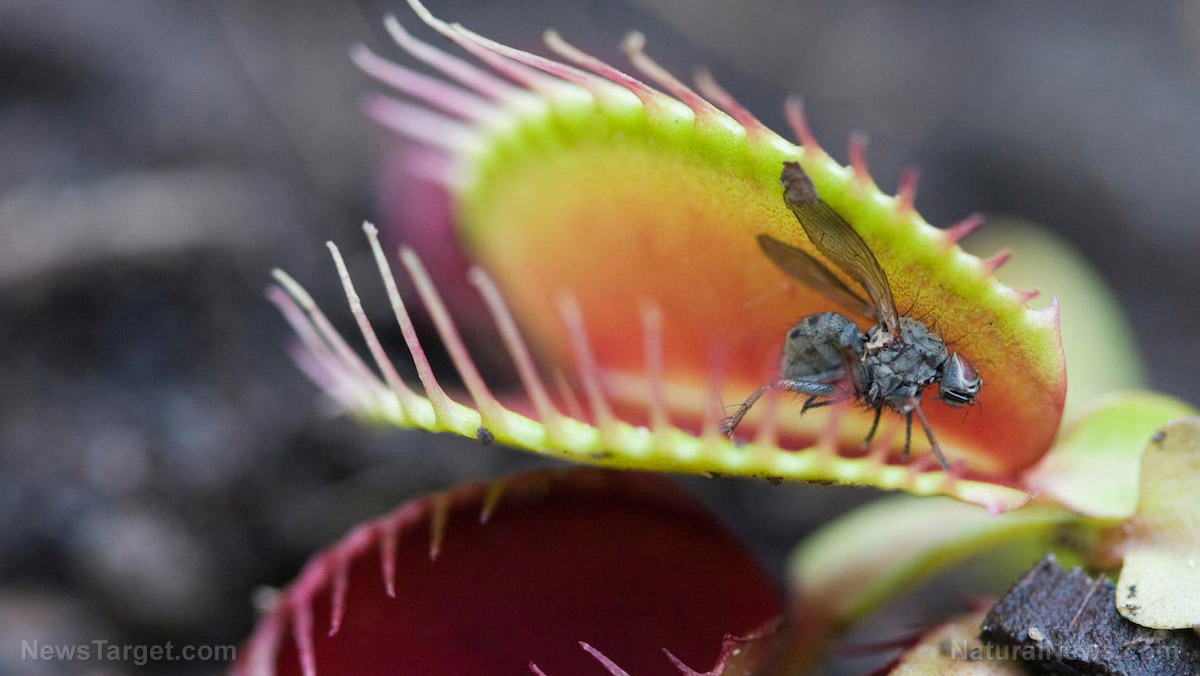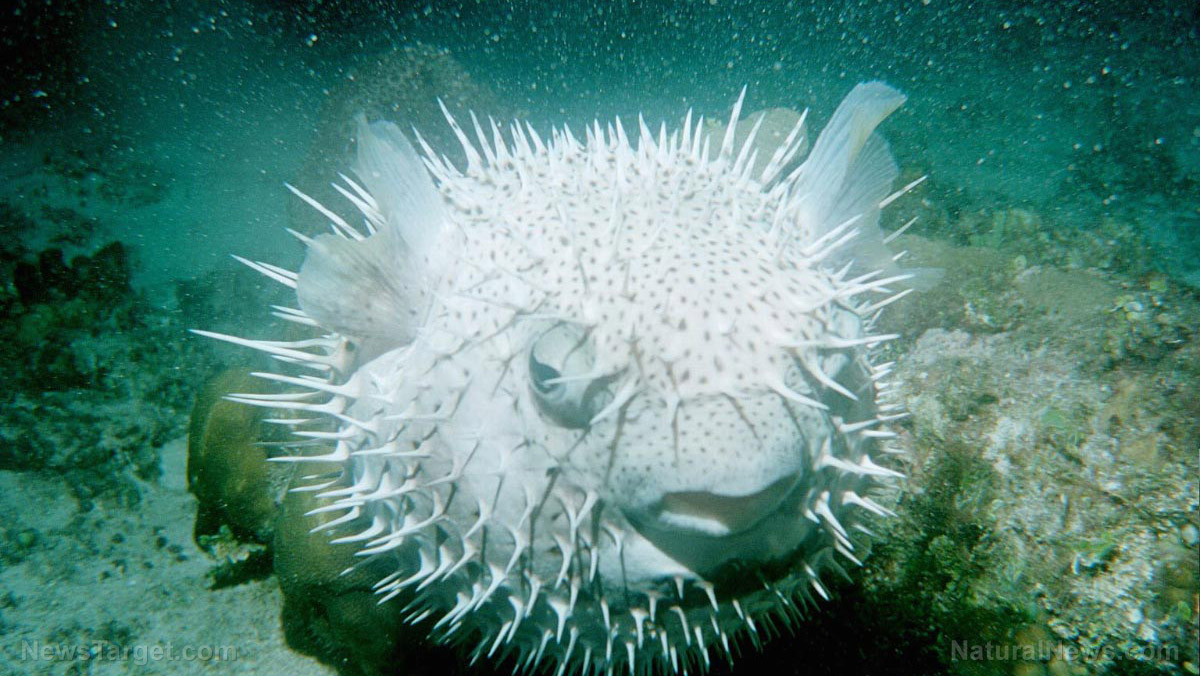Looking at the lunar surface: Harvard scientist believes the moon holds clues about extraterrestrial life
09/06/2020 / By Michael Alexander

The surface of the moon may hold clues about the existence of extraterrestrial life. According to one scientist, the moon may be acting as a “fishing net” and “mailbox” for evidence of alien life.
“The idea is to consider the moon’s surface as a fishing net for interstellar objects collected over time and potentially deliver building blocks of life from the habitable environments around other stars,” says Abraham Loeb, a theoretical physicist at Harvard University, in an op-ed piece for Scientific American.
What makes this a likely possibility, Loeb said, is the moon’s lack of an atmosphere. This guarantees that any interstellar objects or artifacts that hit the moon would reach its surface without burning up.
Also, he explained that because the moon is generally inactive from a geological perspective, any possible interstellar artifacts or clues brought by asteroids and other astrophysical sources would likely remain on its surface, instead of getting buried underneath it.
Alien artifacts on the moon
According to Loeb, while most of the potential artifacts on the lunar surface are likely to be objects from within our solar system, the recent emergence of “interstellar interlopers,” such as the missile-shaped Oumuamua and the comet 2l/Borisov, offer the possibility that at least a portion of the potential artifacts could come from areas located outside of our galaxy. (Related: ‘Oumuamua asteroid may really be alien technology; it accelerates under its own power.)
Not only that, but the detection of the said interstellar interlopers has also made it possible to calibrate the flux of interstellar objects to calculate the amount of interstellar material on the lunar surface.
Loeb, in his op-ed, noted that there is a distinct possibility that amino acids, which serve as the basic foundational materials of all known life in the universe, could be present on the lunar surface — albeit in scant amounts.
In addition to artifacts, Loeb noted that it would also be possible to look for biosignatures such as microfossils of extinct extraterrestrial life. This could be similar in form to the terrestrial ones discovered in the Strelley Pool Formation in Western Australia.
The Australian microfossils, according to experts, are at least 3.4 billion years old.
The thought of such a discovery, Loeb said, is “tantalizing.” However, he concedes that a far more exciting discovery would be the finding of overt signs of extraterrestrial life, such as the remains of alien technology.
“Even more exciting would be to find traces of technological equipment that crashed on the lunar surface a billion years ago,” Loeb said, adding that such a discovery would be similar to finding a “letter” from an alien civilization that says they exist.
Lunar exploration needed
The possibility of finding evidence of extraterrestrial life on the moon highlights the need to conduct lunar exploration, said Loeb. He noted that the present situation is comparable to not checking one’s mailbox for letters and messages.
“If we never checked that mail, we would never know that we received the message. The message that [extraterrestrial life] exists,” Loeb said in an interview with the Boston University News Service.
In the interview, he noted that a moon base could allow researchers to effectively extract and analyze biomarkers from the lunar surface and identify whether or not a substance originated from our solar system or from an interstellar location.
“Identifying biomarkers from [the] debris of material that originated in the habitable zone around other stars would inform us about the nature of extraterrestrial life,” Loeb said.
In addition, Loeb said, the moon is a relatively easier place to access when it comes to searching for traces of extraterrestrial life – especially when compared to deep space.
“We have to remind ourselves that actually going places, going to another star takes a long time. If you use the current rockets that we have and you want to reach the nearest star, it will take 100,000 years,” Loeb stated.
Loeb, in his op-ed, stressed that the opportunity to discover signs of extraterrestrial life provides a new scientific incentive for a sustainable base on the lunar surface.
“The moon is well known for its romantic appeal, but astrobiology offers a twist on this notion,” he said. “Here’s hoping that the moon will inform our civilization that we are not alone and that someone else is waiting for us out there.”
For more stories about discoveries concerning the cosmos, visit Space.news.
Sources include:
Tagged Under: 'oumuamua, alien life, alien technology, cool science, cosmic, discoveries, lunar exploration, lunar surface, Moon, mysterious, outer space, solar system, Space, space archaeology, space exploration, weird science
RECENT NEWS & ARTICLES
COPYRIGHT © 2018 BREAKTHROUGH.NEWS
All content posted on this site is protected under Free Speech. Breakthrough.news is not responsible for content written by contributing authors. The information on this site is provided for educational and entertainment purposes only. It is not intended as a substitute for professional advice of any kind. Breakthrough.news assumes no responsibility for the use or misuse of this material. All trademarks, registered trademarks and service marks mentioned on this site are the property of their respective owners.




















